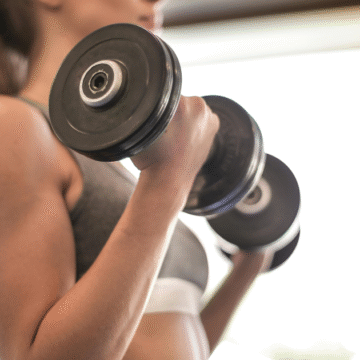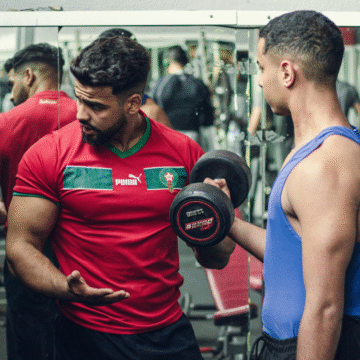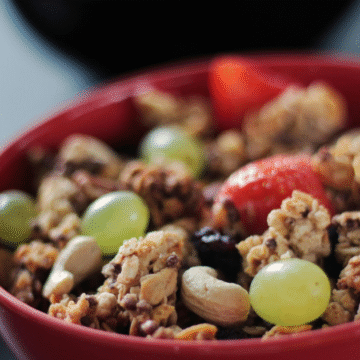Why Is It Important to Strengthen Your Forearms?
Stronger forearms offer a host of benefits that extend beyond the gym. Here are just a few:
- Improved Grip Strength: Whether you’re lifting weights, opening a jar, or carrying groceries, strong forearms give you the grip strength you need to hold on tight.
- Better Athletic Performance: Sports that require a strong grip, like tennis, rock climbing, or golf, benefit greatly from forearm strength. It gives you more control over your movements and helps you perform at your best.
- Reduced Risk of Injury: Strengthening your forearms can help prevent common injuries like tennis elbow and carpal tunnel syndrome. Strong muscles provide better support for your joints and reduce the strain on them during repetitive activities.
- Increased Upper Body Strength: Your forearms are integral to many upper body exercises. By strengthening them, you also improve your ability to perform exercises like pull-ups, deadlifts, and rows.
- Enhanced Fine Motor Skills: Whether you’re typing, playing a musical instrument, or doing any task that requires precision, strong forearms improve your dexterity and control.

The Muscles of the Forearm: An Often-Missed Group
The forearm is a complex structure made up of several small but important muscles. These include:
- Brachioradialis: Helps with flexing the forearm at the elbow.
- Flexor Carpi Radialis and Flexor Carpi Ulnaris: These muscles help with wrist flexion and are involved in gripping activities.
- Extensor Carpi Radialis Longus and Extensor Carpi Radialis Brevis: These muscles extend and stabilize the wrist.
- Extensor Carpi Ulnaris: Works alongside the other extensor muscles to help with wrist movements.
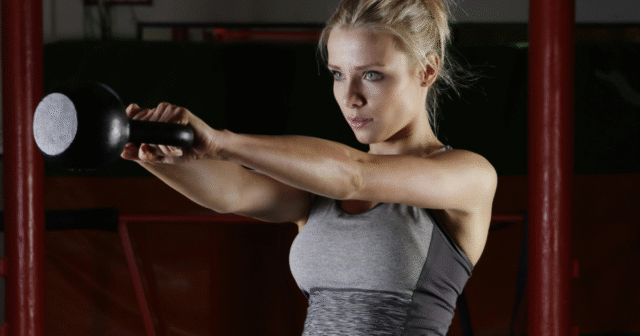
Despite their importance, these muscles are often overlooked during workouts because they’re smaller and less prominent than muscles like the biceps or triceps. However, neglecting them can lead to weak points in your fitness routine.
Exercises to Build Stronger Forearms
Ready to start strengthening your forearms? Here are five effective exercises to incorporate into your routine:
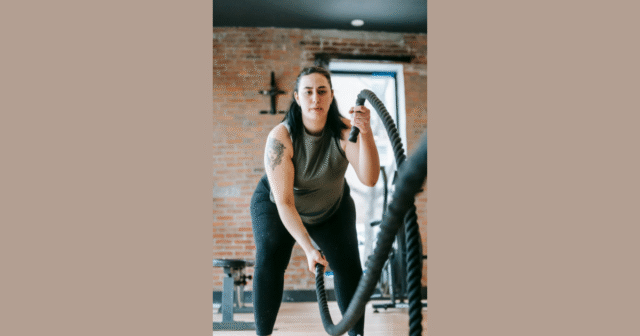
- Wrist Curls
- How to Do It: Sit on a bench with your forearms resting on your thighs or a bench, palms facing up. Hold a dumbbell in each hand. Slowly curl the weights up by flexing your wrists, then lower them back down.
- Reps/Sets: Aim for 3 sets of 12-15 reps.
- Why It Works: This exercise targets the flexor muscles in the forearm, improving your grip strength and wrist stability.
- Reverse Wrist Curls
- How to Do It: Sit on a bench with your forearms resting on your thighs or a bench, palms facing down. Hold a dumbbell in each hand. Slowly raise the weights by extending your wrists, then lower them back down.
- Reps/Sets: Aim for 3 sets of 12-15 reps.
- Why It Works: This targets the extensor muscles of the forearm, which are crucial for balance and wrist control.
- Farmer’s Carry
- How to Do It: Hold a heavy weight in each hand, stand tall, and walk for a set distance or time.
- Reps/Sets: Aim for 3 sets of 30 seconds to a minute.
- Why It Works: This exercise is excellent for building overall grip strength and endurance in your forearms as you maintain your grip while walking.
- Towel Pull-Ups
- How to Do It: Hang a towel over a pull-up bar and grip the towel instead of the bar. Perform pull-ups by pulling your body up until your chin is over the bar, then lower yourself back down.
- Reps/Sets: Aim for 3 sets of as many reps as possible.
- Why It Works: The towel adds instability, making your forearms and grip work harder, which strengthens your forearm muscles.
- Plate Pinches
- How to Do It: Hold a weight plate between your fingers and thumb, keeping your arm straight down by your side. Hold for as long as possible without dropping the plate.
- Reps/Sets: Aim for 3 sets of as long as possible.
- Why It Works: Plate pinches are great for improving grip strength and working the smaller, often neglected muscles in the hands and forearms.
Conclusion
Building stronger forearms is not just about improving your grip or making your arms look more defined. It’s about enhancing your overall strength, reducing your risk of injury, and improving your ability to perform everyday tasks with ease. By incorporating these exercises into your workout routine, you’ll develop well-rounded strength that benefits both your fitness and daily life.


